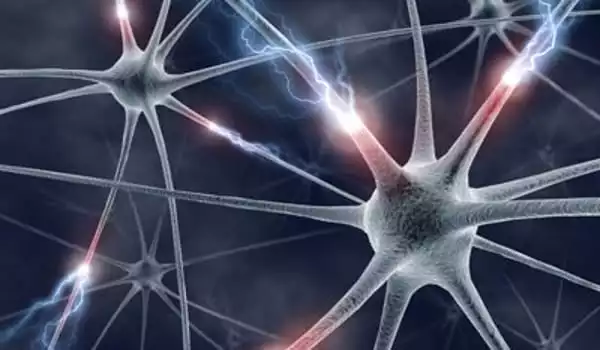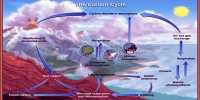Scientists identified hundreds of genomic loci using atlases of the human brain informed by genetics. The findings shed light on how genes influence the brain and diseases. An international team of scientists identified hundreds of chromosomal loci using atlases of the human brain informed by genetics. Loci is the plural form of locus, and it refers to the physical location of a gene or variation on a chromosome in genetics.
Chi-Hua Chen, PhD, an associate professor in the Department of Radiology at the University of California, San Diego School of Medicine, led the research. The findings will be published in the online issue of Science.
“The intricacy of the human brain has both evaded and fascinated scientists for decades,” said Carolina Makowski, PhD, a postdoctoral scholar studying with Chen. What is intertwined in our DNA accounts for a major portion of how our brain is shaped. Over the last decade, there has been a surge in studies that link various regions of the brain to unique genetic codes that vary naturally across populations. The way these brain regions are identified, on the other hand, can have a significant impact on findings, which we highlight in this work.”
The molecular machinery for normal brain development and diseases overlaps to some extent, which may reflect a continuous spectrum of genetic impacts on normal brain structural variation to abnormal neurodevelopment. One hypothesized reason is that certain genetic combinations promote aberrant brain development, leading to neurodevelopmental disorders.
Chi-Hua Chen
We employed genetically informed brain atlases in genome-wide association analyses of regional cortical surface area and thickness in 39,898 adults and 9136 children to investigate the impact of genetic variations on the brain. In the discovery cohort, we discovered 440 genome-wide significant loci, and in a post-hoc combined meta-analysis, we discovered 800. Loci in adults were mostly recorded in childhood, displaying negative selection signatures, and were connected to early neurodevelopment and pathways associated with neuropsychiatric risk.
In general, inheritance determines the structure of the human brain, but environmental exposures also play a role, particularly during critical times of neurodevelopment during childhood. Large-scale MRI and genetic datasets have shed light on the common genetic variants that contribute to the formation of the human cerebral cortex – the outer, layered sheet of wrinkled tissue associated with humans’ highest mental abilities, such as language, memory, perception, awareness, and consciousness.

The most recent work takes one step further, employing genetically informed brain atlases in genome-wide association analyses (GWAS) of regional cortical surface area and thickness in 39,898 adults and 9,136 children. GWAS are studies that look at entire sets of DNA or genomes from a large number of people to uncover genetic variants, usually those that are linked to a specific disease.
The researchers focused on the cortex and used atlases with genetic boundaries developed previously by the study’s authors, including William S. Kremen, PhD, professor of psychiatry, and Anders Dale, PhD, professor of neuroscience and radiology, both at the University of California, San Diego School of Medicine.
“Assume you’re planning a cross-country road trip,” Makowski explained. “You’d be more likely to use a road map or GPS to go about, and you’d be less likely to check other maps based on topography or physical aspects of the area to get to your destination.”
“Similarly, the definition of brain areas should be determined by the research subject at hand. We were able to discover the most genetic variations linked with the size and thickness of the cortex utilizing this strategy of using genetically defined atlases to date.”
In the discovery cohort, the researchers discovered 440 genome-wide significant loci, and in a post-hoc combined meta-analysis, they discovered 800 loci. “Interestingly, many of the genes that these loci map to are also linked to neurodevelopmental disorders such as autism, epilepsy, intellectual disability, and dementia,” Chen added.
“The molecular machinery for normal brain development and diseases overlaps to some extent, which may reflect a continuous spectrum of genetic impacts on normal brain structural variation to abnormal neurodevelopment. One hypothesized reason is that certain genetic combinations promote aberrant brain development, leading to neurodevelopmental disorders. Researchers can use the loci we uncovered to do more mechanistic investigations of how genes affect the brain and disorders.”
















